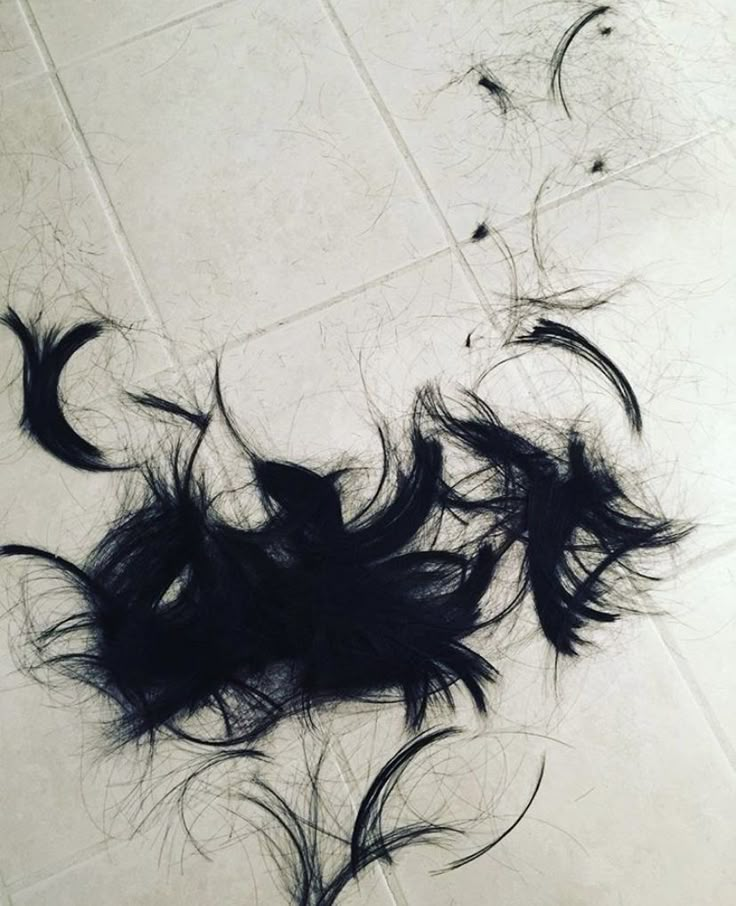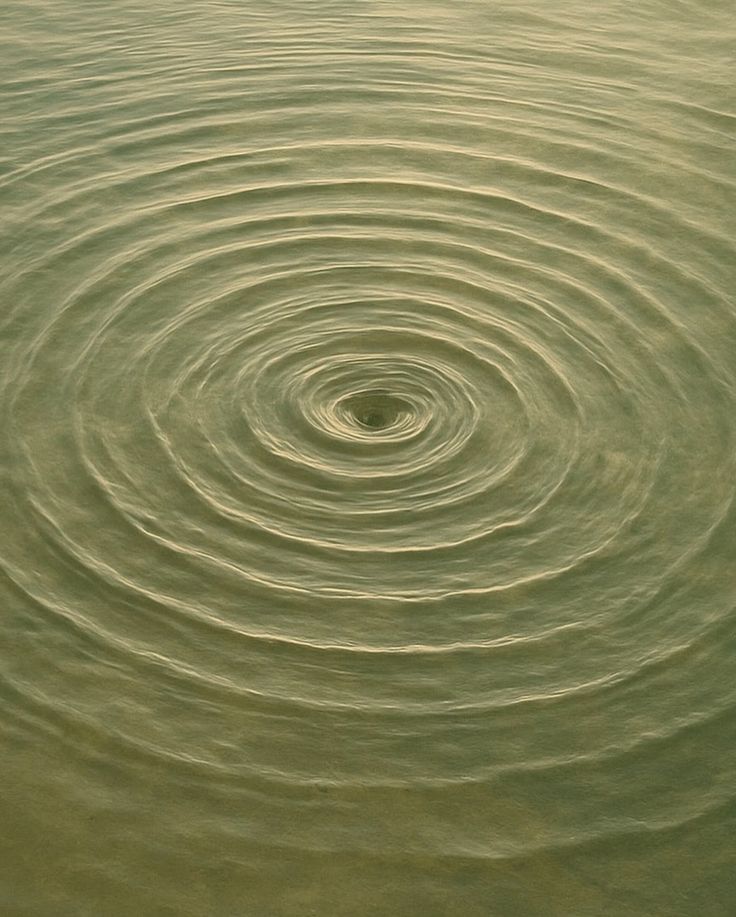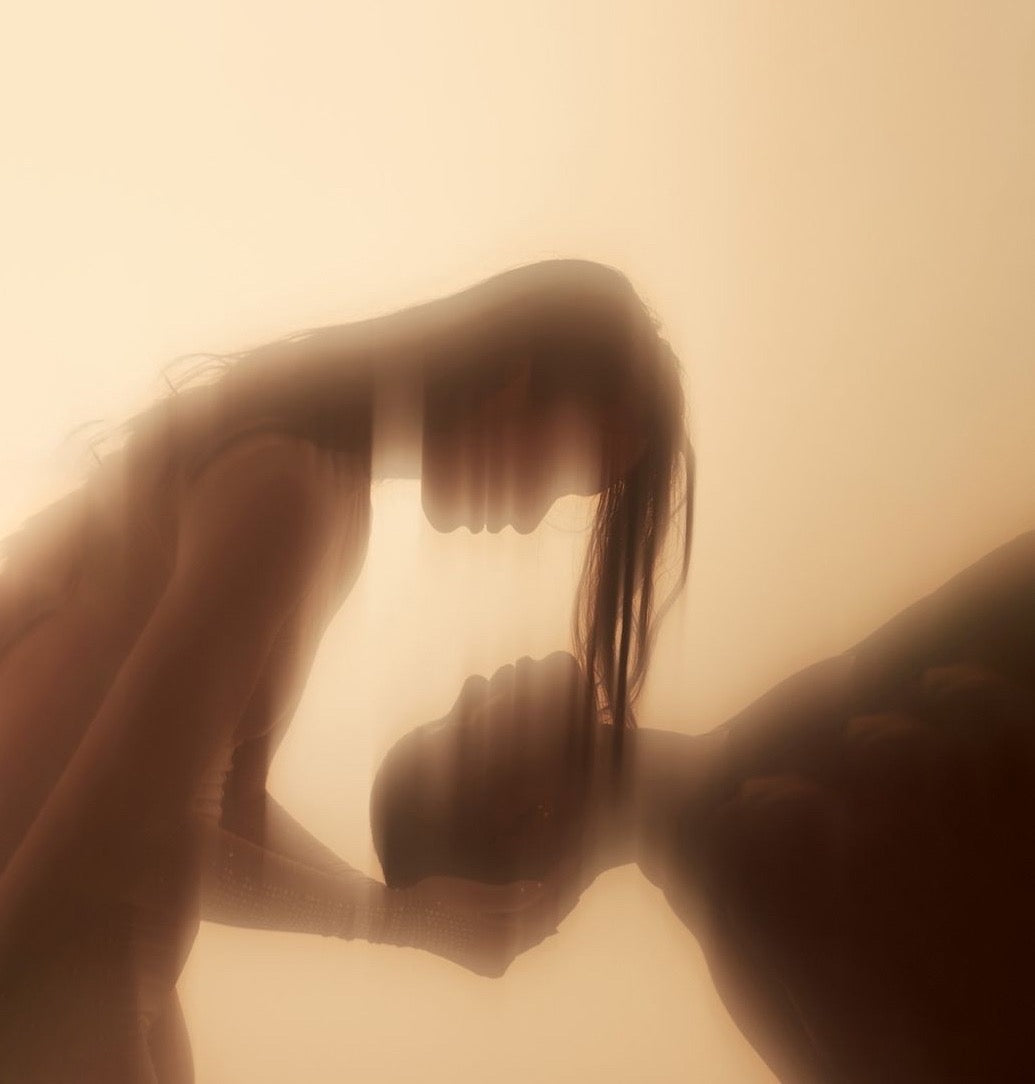Hair loss can be an emotional experience, especially when it’s tied to illness, stress, or medical treatment. Understanding what’s happening inside your body — and how to support your scalp through it — can help bring both clarity and calm to the process.
Below are some of the most common causes of hair loss and how thoughtful care can help your scalp stay nourished and resilient.
1. Hair Loss After Illness or Fever
Following a fever or significant illness, it’s common to experience a type of shedding called telogen effluvium. Stress on the body can push more hairs into the resting (shedding) phase of the growth cycle. This typically appears two to three months after recovery and can last up to nine months.
The good news: once the body finds balance again, hair usually returns to its normal growth rhythm.
2. Autoimmune Hair Loss (Alopecia Areata)
Alopecia areata occurs when the immune system mistakenly targets hair follicles, causing patches of hair loss. Triggers can include stress, infections, or genetic predisposition.
A dermatologist can help diagnose and guide care, but nurturing scalp health, reducing stress, and supporting overall well-being are always part of the healing foundation.
3. Hair Loss from Chemotherapy
Chemotherapy-induced hair loss happens because treatment targets rapidly dividing cells — including those within hair follicles. The scalp may become sensitive, dry, or inflamed during this period.
While regrowth typically begins a few months after treatment, the waiting can feel long and emotional. Patience, gentleness, and scalp nourishment make a world of difference in how your skin and follicles recover.
Cooling the Scalp During Treatment: A Ritual of Care
During medical treatment or times of hormonal change, the scalp often holds excess heat and inflammation — a result of medication, stress, and internal imbalance. Traditional approaches such as cold caps, high-dose vitamins, or harsh shampoos are sometimes used to slow hair loss, but they can also irritate already sensitive skin and weaken the scalp’s protective barrier.
At Najeau, we turn to Ayurvedic and Mediterranean rituals from our Lebanese heritage — traditions that teach that healing begins by cooling, calming, and reconnecting through gentle touch and nourishment.
Our Cooling Drops, crafted in harmony with these practices, work alongside the Scalp Mask and Follicle Drops to help reduce heat, ease inflammation, and nurture the follicle environment. Infused with polyphenol-rich Lebanese olive oil and soothing botanicals, this ritual supports balance from root to soul — helping the scalp remain hydrated, resilient, and receptive, even through challenging times.
While nothing can fully prevent hair loss during treatment, this ritual can soothe the spirit, preserve the scalp’s integrity, and prepare it for regrowth when the body is ready to heal and bloom again.
4. Stress and the Hair Cycle
Stress — whether emotional, physical, or systemic — can disrupt the natural rhythm of the hair growth cycle. Meditation, gentle scalp massage, deep breathing, and nourishment through food and ritual can all help bring the system back into alignment.
What You Can Do
-
Be patient and kind to yourself. Most hair loss is temporary, and regrowth takes time.
-
Consult your doctor to check for underlying causes and ensure your overall health is supported.
-
Adopt a gentle scalp ritual — simple, consistent care can strengthen follicles and encourage recovery.
Scalp Routine Tips for Hair Loss Recovery
-
Massage your scalp daily to boost circulation.
-
Shampoo 2–3 times per week with a pH-balancing formula.
-
Use the Najeau Scalp Mask weekly for exfoliation and nourishment.
-
Apply Follicle Drops before shampooing to feed and hydrate follicles.
-
Avoid very hot water when washing your hair.
-
Let your scalp breathe — limit tight hats or wigs when possible.
Final Thoughts
Hair loss caused by illness, treatment, or stress can feel deeply personal, but remember: your body and your scalp are healing. With time, nourishment, and care rooted in ritual, renewal is always possible.



